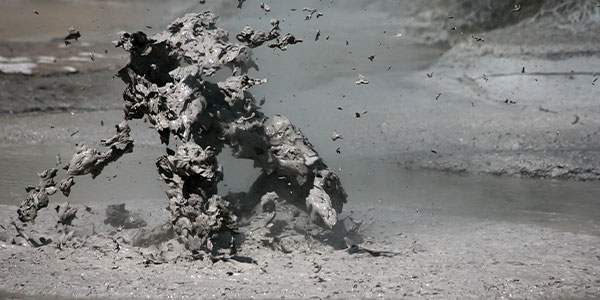Due to the change of some factors, the activated sludge quality becomes light, enlarged, and the settling performance deteriorates, the SVI value continues to rise, and the normal mud-water separation cannot be carried out in the secondary sedimentation tank. The sludge level of the secondary sedimentation tank continues to rise, and eventually the sludge is lost, and the MLSS concentration in the aeration tank is excessively reduced, thus destroying the sludge in the normal process operation. This phenomenon is called sludge bulking. Sludge bulking is a common abnormal phenomenon in activated sludge process system.

Activated sludge process is now widely used in wastewater treatment. This method has achieved good results in treating many kinds of organic wastewater such as municipal sewage, paper making and dyeing wastewater, catering wastewater and chemical wastewater. However, there is a common problem in activated sludge treatment, that is, sludge is easy to swell during operation. Sludge bulking is mainly divided into filamentous bacteria type sludge bulking and non-filamentous bacteria type sludge bulking, and there are many reasons for its formation. The harm of sludge bulking is very serious, once it occurs, it is difficult to control, and the recovery time is long. If control measures are not taken in time, sludge loss may occur, fundamentally damaging the operation of the aeration tank, resulting in the collapse of the entire treatment system.

Adding calcium chloride can inhibit the growth of filamentous bacteria, which is conducive to the formation of bacterial micelles, and improve the settling performance of sludge. Calcium chloride will decompose and produce chloride ions after dissolved in water. Chloride ions have sterilization and disinfection effect in water, which can kill part of filamentous bacteria and inhibit sludge swelling caused by filamentous bacteria. After stopping the addition of chlorine, chloride ions can also stay in the water for a long time, and the filamentous bacteria do not grow excessively in the short term, and the microorganisms can still form dense regular floc, which also shows that the addition of calcium chloride can inhibit the growth of filamentous bacteria and has a good effect on solving the sludge swelling.
Adding calcium chloride can control sludge swelling quickly and effectively, and SVI of activated sludge can be reduced quickly. SVI decreased from 309.5mL/g to 67.1mL/g after adding calcium chloride. Without adding calcium chloride, the SVI of activated sludge can also be reduced by changing the operation mode, but the reduction rate is slower. Adding calcium chloride has no obvious effect on COD removal rate, and the COD removal rate of adding calcium chloride is only 2% lower than that of not adding calcium chloride.
Post time: Jan-11-2024







